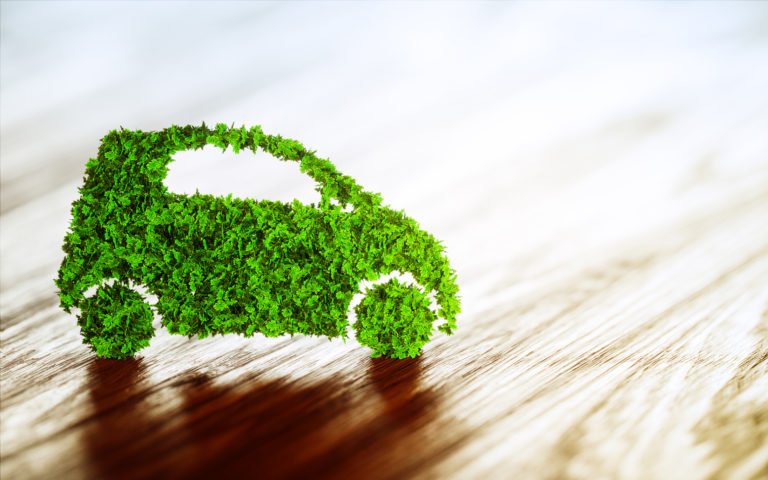Going green, eating green, and protecting the environment are terms we hear all over the place now. It may seem like the latest trend, but do you know how easy it is to do?
Benefits of ‘Going Green’
Not only is green healthier for you and for the environment, it can save you some green by keeping more money in your pocket.
- Reducing the amount of fuel you use can improve air quality. This isn’t only important for the future of the earth – you’re breathing the same air that vehicles pollute right now.
- Increasing your gas mileage, meaning you get more miles out of every gallon you purchase, can help you save money. On average, getting 30 miles per gallon instead of 20 can save about $1,000 a year.
We’ve put together a list of a few simple things you can do to drive green.
- Check your tire pressure. Low pressure can cost you an extra tank of gas every year.
- Don’t carry extra things with you. Take only what you need – every additional 100 pounds reduces your gas mileage by around two percent.
- Change your oil regularly. If you notice your mileage dropping, you may be due for an oil change – that’s how much of a difference it can make.
- Slow down. Driving over 60 miles per hour reduces your mileage, even if the speed limit is over 60. The more you speed, the lower your mileage.
- Take your time to stop and go. Stopping and starting abruptly is one of the best ways to decrease your mileage. According to the North Carolina Department of Transportation (NCDOT), it can affect mileage by 40 percent.
- Don’t idle unnecessarily. It’s better to turn your car off than to idle, in addition to wasting fuel, it can wear out your engine faster.
- As the weather warms, stay cool the right way. According to fueleconomy.gov, it’s best to use your air conditioning on the highway only, and roll down the windows at lower speeds.
- Avoid rooftop cargo if you can. Summer sports and vacations may call for equipment that won’t fit inside your car, but it’s better to mount them on the back than on top to reduce wind resistance. Remove it when you don’t need to use it!
- Use cruise control. Maintaining a constant speed, especially on the highway, will save fuel by minimizing the time you’re accelerating.

